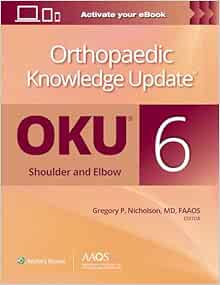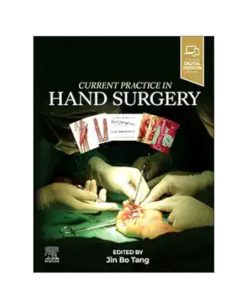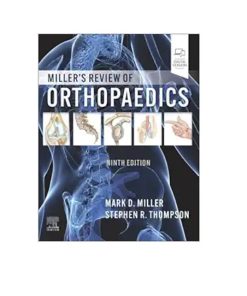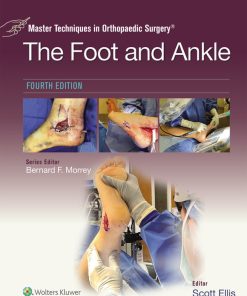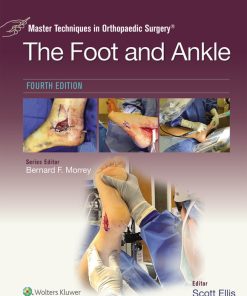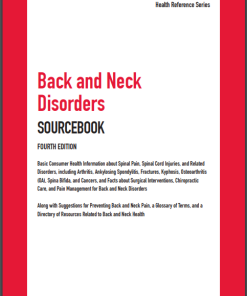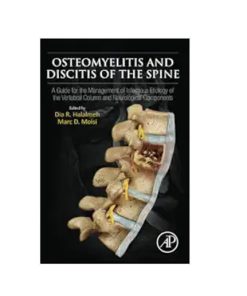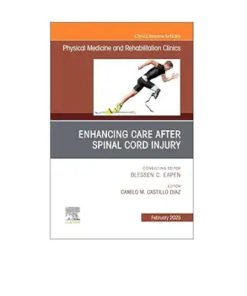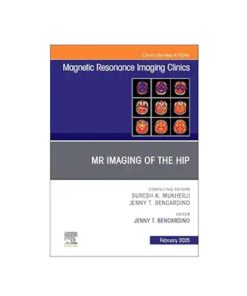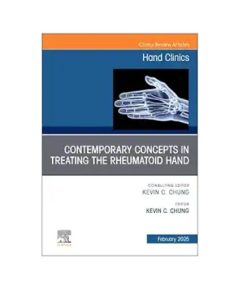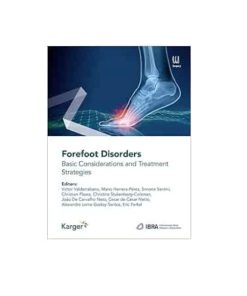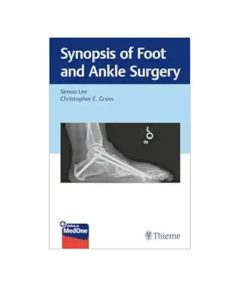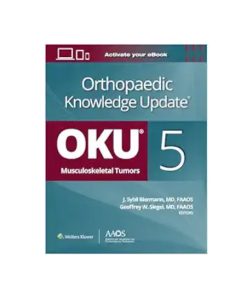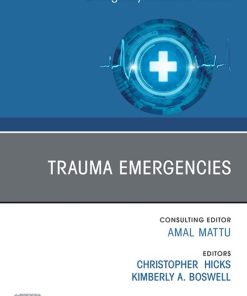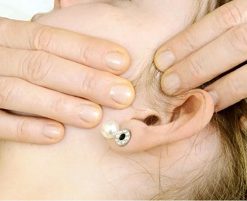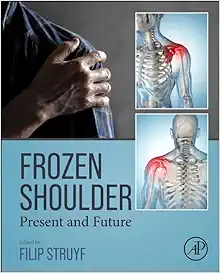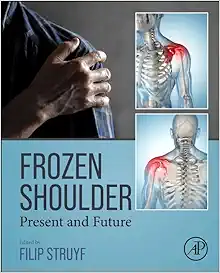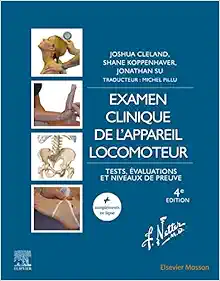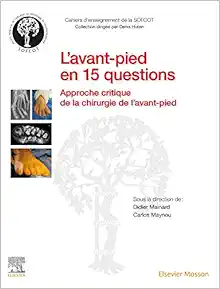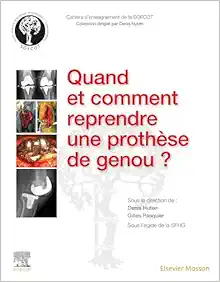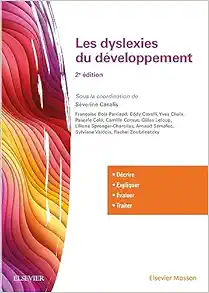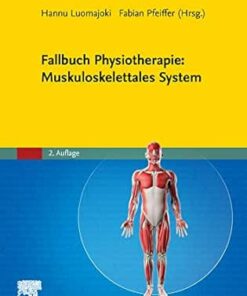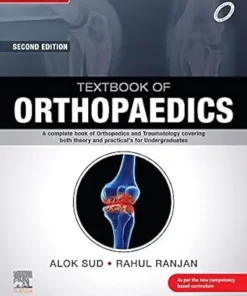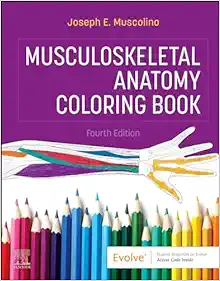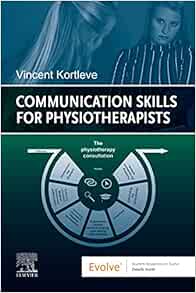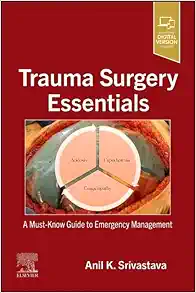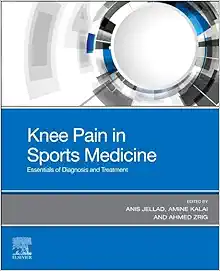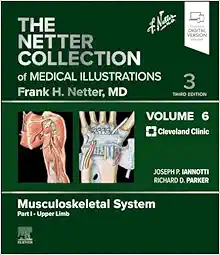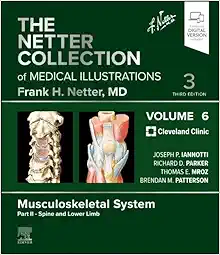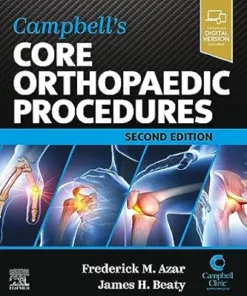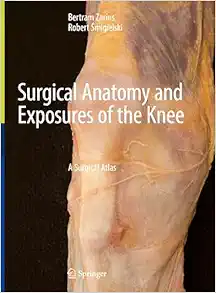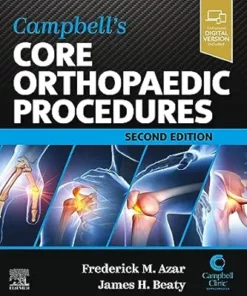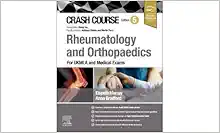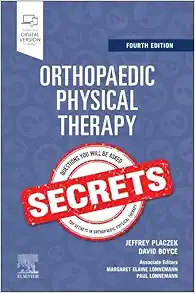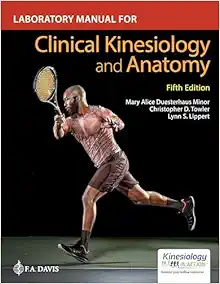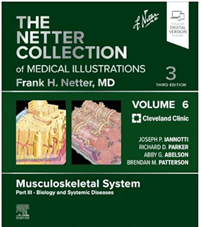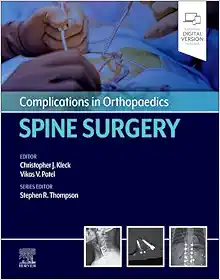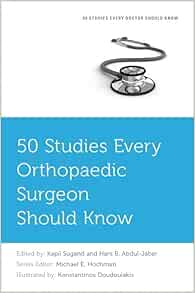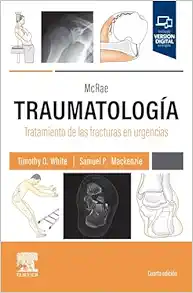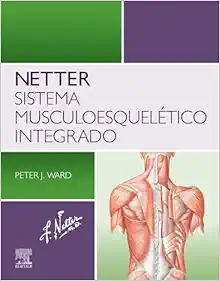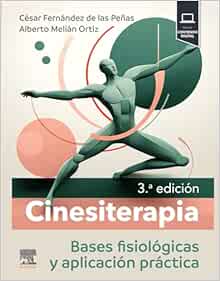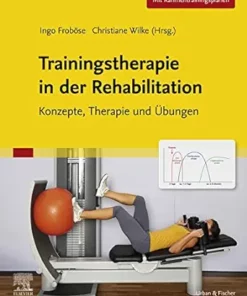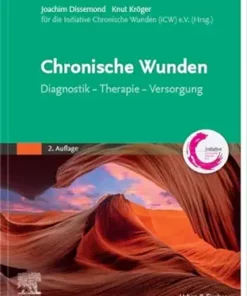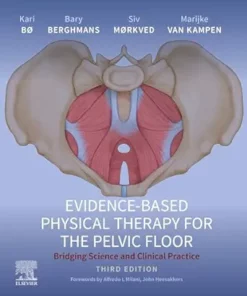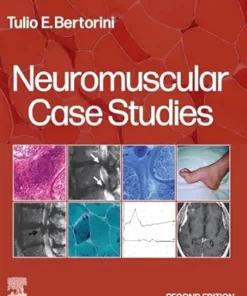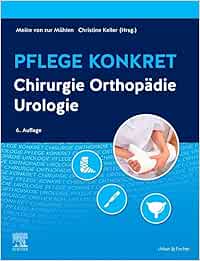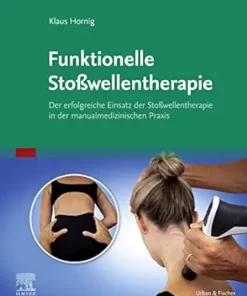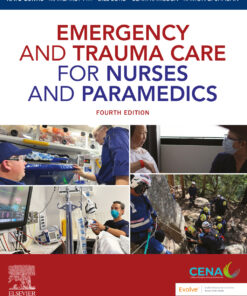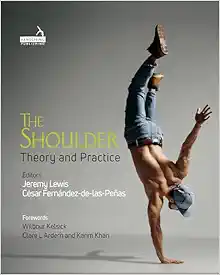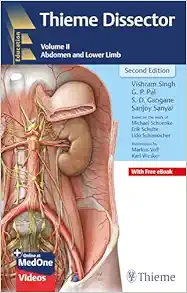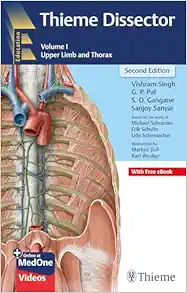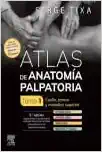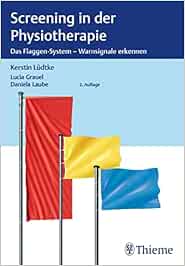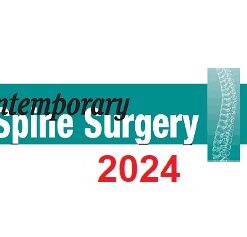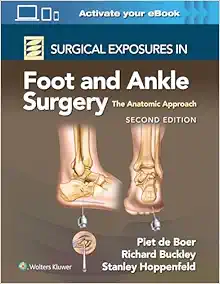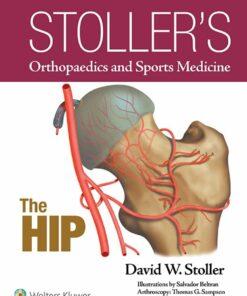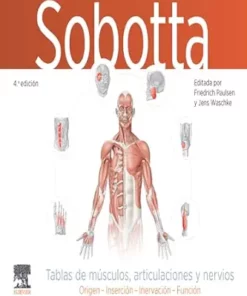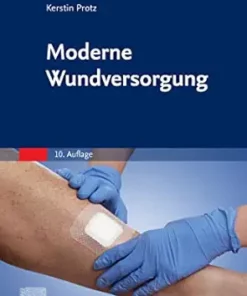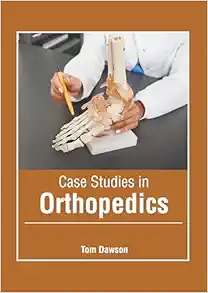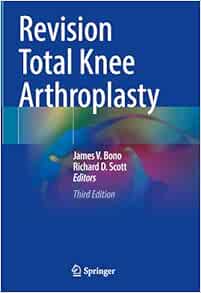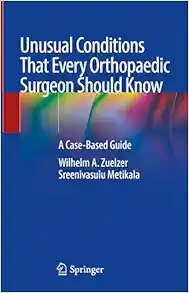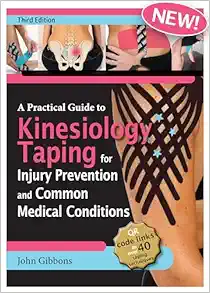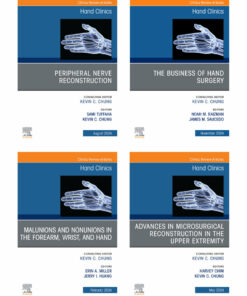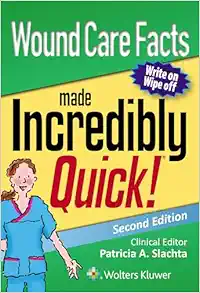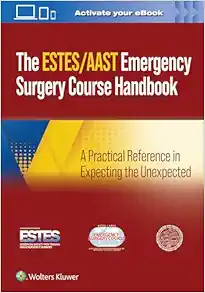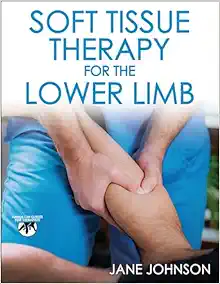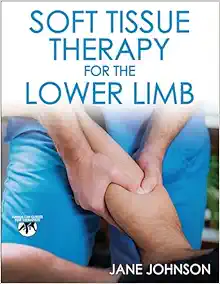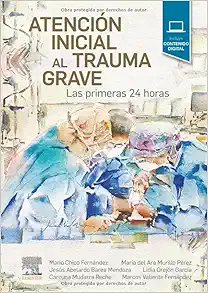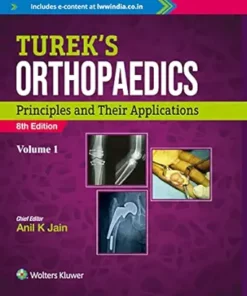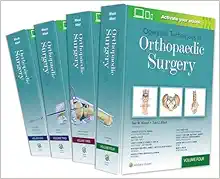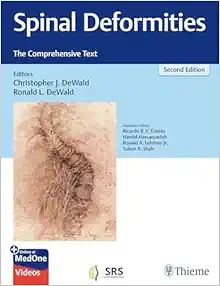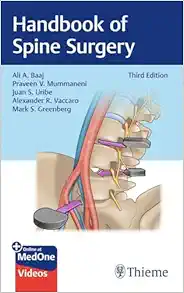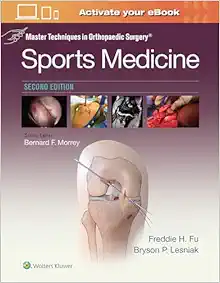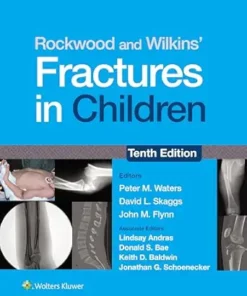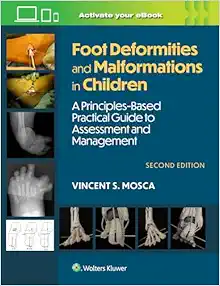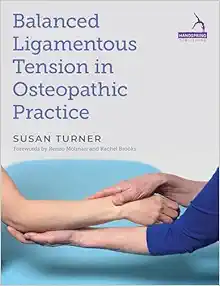Chronic Wound Management: The Significance of Evidence and Technology
$8
Format : Publisher PDF
File Size : 6.5 MB
Chronic Wound Management: The Significance of Evidence and Technology
Chronic wounds are a major challenge in healthcare today. They are wounds that do not heal quickly, often persisting for more than three months and disrupting daily activities and quality of life for affected individuals. Chronic wounds are a significant burden on healthcare systems and carry high social, economic and personal costs. In the new book called Chronic Wound Management: Bridging the Gap Between Evidence and Performance, author Raj Mani offers insights and lessons learned from recent advances in chronic wound healing, technology and innovation.
The book provides an exploration of recent developments in chronic wound diagnosis, factors that contribute to poor healing trajectories, and adjuvant devices for wound management. The author highlights the gap between available evidence and the use of technology and how bridging this gap can lead to better patient outcomes. Mani also reviews the impact of the COVID-19 pandemic on the management of chronic wounds and examines traditional medicine’s potential benefits in this field.
One aspect emphasized in the book is that chronic wounds follow a completely different healing trajectory to wounds caused by acute injuries. The factors associated with chronic wound healing are diverse and complex, ranging from age, inflammation, phenotypic changes in cells, wound hypoxemia, and diabetes. The book analyzes how these factors can influence the pathophysiology of chronic wounds and ways to manage them.
One of the exciting topics covered in the book is the role of advanced technology in wound diagnosis and treatment. The use of digital imaging, tissue analysis, and smartbandages are helping clinicians and researchers to better understand the progression of chronic wounds. The book explores the application of this latest technology in wound management and how it improves the accuracy of wound diagnosis, tracking healing progress and predicting outcomes.
Mani also highlights the potential benefits of adjuvant devices in wound management, which can help supplement traditional wound care techniques. The author extends the argument that many devices can potentially benefit wound healing, but their use has not yet been established in evidence-based guidelines. The book reviews the potential of these devices in facilitating wound closure and their implications in wound care management.
Chronic Wound Management: Bridging the Gap Between Evidence and Performance is an essential resource for healthcare professionals and researchers. It explores the challenges of managing chronic wounds and the gap between technology innovation and evidence-based practices. The author emphasizes the importance of interdisciplinary collaboration to improve chronic wound management outcomes.
The book is available to order in both digital and physical formats. It provides a comprehensive overview of recent advances and new technologies in chronic wound management and is an essential read for healthcare professionals working in this field. The book highlights the importance of keeping up-to-date with the latest technology and advances in wound care and provides evidence-based guidance for improving wound healing outcomes.
In conclusion, Chronic Wound Management: Bridging the Gap Between Evidence and Performance is a must-read book for healthcare professionals, researchers, and anyone interested in the management and treatment of chronic wounds. It offers great insights into new techniques and technologies and provides an understanding of why chronic wounds follow a different pathophysiological trajectory and factors contributing to the poor healing of chronic wounds. Get a copy and empower your wound management strategies today.
Product Details
- Publisher : Springer; 1st ed. 2023 edition (April 28, 2023)
- Language : English
- Hardcover : 319 pages
- ISBN-10 : 3031261097
- ISBN-13 : 978-3031261091
Related Products
ORTHOPAEDICS SURGERY
ORTHOPAEDICS SURGERY
ORTHOPAEDICS SURGERY
ORTHOPAEDICS SURGERY
Master Techniques in Orthopaedic Surgery: The Foot and Ankle, 4th Edition (Videos)
ORTHOPAEDICS SURGERY
Master Techniques in Orthopaedic Surgery: The Foot and Ankle, 4th Edition EPUB
ORTHOPAEDICS SURGERY
ORTHOPAEDICS SURGERY
Synopsis of Foot and Ankle Surgery (Original PDF from Publisher)
ORTHOPAEDICS SURGERY
Orthopaedic Knowledge Update®: Musculoskeletal Tumors 5 (EPUB)
ORTHOPAEDICS SURGERY
Primer on the Metabolic Bone Diseases and Disorders of Mineral Metabolism, 10th edition (EPUB)
ORTHOPAEDICS SURGERY
TMJ Extremity Proficiency Product 2023 – ExtremityExperts (Videos)
ORTHOPAEDICS SURGERY
ORTHOPAEDICS SURGERY
Frozen Shoulder: Present and Future (Original PDF from Publisher)
ORTHOPAEDICS SURGERY
Quand et comment reprendre une prothèse de genou ? (French Edition) (True PDF from Publisher)
ORTHOPAEDICS SURGERY
Spezielle Unfallchirurgie (German Edition), 2nd Edition (True PDF from Publisher)
ORTHOPAEDICS SURGERY
Textbook of Orthopaedics, 2nd Edition (True PDF from Publisher)
ORTHOPAEDICS SURGERY
Musculoskeletal Anatomy Coloring Book, 4th Edition (True PDF from Publisher)
ORTHOPAEDICS SURGERY
Communication Skills for Physiotherapists (True PDF from Publisher)
ORTHOPAEDICS SURGERY
Trauma Surgery Essentials: A Must-Know Guide to Emergency Management (True PDF from Publisher)
ORTHOPAEDICS SURGERY
Complications in Orthopaedics: Pediatrics (True PDF from Publisher)
ORTHOPAEDICS SURGERY
Dupuytren’s Disease: A Scientific Review (True PDF from Publisher)
ORTHOPAEDICS SURGERY
Knee Pain in Sports Medicine: Essentials of Diagnosis and Treatment (True PDF from Publisher)
ORTHOPAEDICS SURGERY
Campbell’s Core Orthopaedic Procedures, 2nd Edition (True PDF from Publisher)
ORTHOPAEDICS SURGERY
Surgical Anatomy and Exposures of the Knee: A Surgical Atlas (Original PDF from Publisher)
ORTHOPAEDICS SURGERY
ORTHOPAEDICS SURGERY
Lower Extremity Proficiency Product 2023 – ExtremityExperts (Videos)
ORTHOPAEDICS SURGERY
CTS Extremity Proficiency Product 2023 – ExtremityExperts (Videos)
ORTHOPAEDICS SURGERY
Orthopaedic Physical Therapy Secrets, 4th Edition (True PDF from Publisher)
ORTHOPAEDICS SURGERY
Laboratory Manual for Clinical Kinesiology and Anatomy, 5th Edition (EPUB)
ORTHOPAEDICS SURGERY
Complications in Orthopaedics: Spine Surgery (EPUB + Converted PDF)
ORTHOPAEDICS SURGERY
ORTHOPAEDICS SURGERY
Plastic Surgery: Hand and Upper Limb, Volume 5, 5th Edition (True PDF from Publisher)
ORTHOPAEDICS SURGERY
Netter. Sistema musculoesquelético integrado (True PDF from Publisher)
ORTHOPAEDICS SURGERY
Evidence-Based Physical Therapy for the Pelvic Floor, 3rd Edition (True PDF from Publisher)
ORTHOPAEDICS SURGERY
Neuromuscular Case Studies, 2nd Edition (True PDF from Publisher)
ORTHOPAEDICS SURGERY
Pflege konkret Chirurgie Orthopädie Urologie, 6th Edition (True PDF from Publisher)
ORTHOPAEDICS SURGERY
Emergency and Trauma Care for Nurses and Paramedics, 4th Edition (True PDF from Publisher)
ORTHOPAEDICS SURGERY
ORTHOPAEDICS SURGERY
Thieme Dissector Volume 2: Abdomen and Lower Limb, 2nd Edition (Original PDF from Publisher)
ORTHOPAEDICS SURGERY
Thieme Dissector Volume 1: Upper Limb and Thorax, 2nd Edition (Original PDF from Publisher)
ORTHOPAEDICS SURGERY
Imagerie musculosquelettique traumatique (Original PDF from Publisher)
ORTHOPAEDICS SURGERY
Screening in der Physiotherapie, 2nd Edition (Original PDF from Publisher)
ORTHOPAEDICS SURGERY
ORTHOPAEDICS SURGERY
ORTHOPAEDICS SURGERY
Stoller’s Orthopaedics and Sports Medicine: The Hip (Original PDF from Publisher)
ORTHOPAEDICS SURGERY
Rockwood and Green’s Fractures in Adults, 10th edition (EPUB + Converted PDF)
ORTHOPAEDICS SURGERY
Moderne Wundversorgung, 10th Edition (German Edition) (True PDF from Publisher)
ORTHOPAEDICS SURGERY
Pflegewissen Wunden, 3rd Edition (German Edition) (True PDF from Publisher)
ORTHOPAEDICS SURGERY
ORTHOPAEDICS SURGERY
Revision Total Knee Arthroplasty, 3rd edition (Original PDF from Publisher)
ORTHOPAEDICS SURGERY
ORTHOPAEDICS SURGERY
Soft Tissue Therapy for the Lower Limb (Original PDF from Publisher)
ORTHOPAEDICS SURGERY
ORTHOPAEDICS SURGERY
Atención inicial al trauma grave: Las primeras 24 horas (Original PDF from Publisher)
ORTHOPAEDICS SURGERY
Spinal Deformities: The Comprehensive Text, 2nd edition (Original PDF from Publisher+Videos)
ORTHOPAEDICS SURGERY
Handbook of Spine Surgery, 3rd Edition + Videos (Original PDF from Publisher)
ORTHOPAEDICS SURGERY
Rockwood and Wilkins’ Fractures in Children, 10th edition (EPUB + Converted PDF)
ORTHOPAEDICS SURGERY
ORTHOPAEDICS SURGERY
Intracranial and Spinal Dural Arteriovenous Fistulas (Original PDF from Publisher)
ORTHOPAEDICS SURGERY
Balanced Ligamentous Tension in Osteopathic Practice (Original PDF from Publisher)




